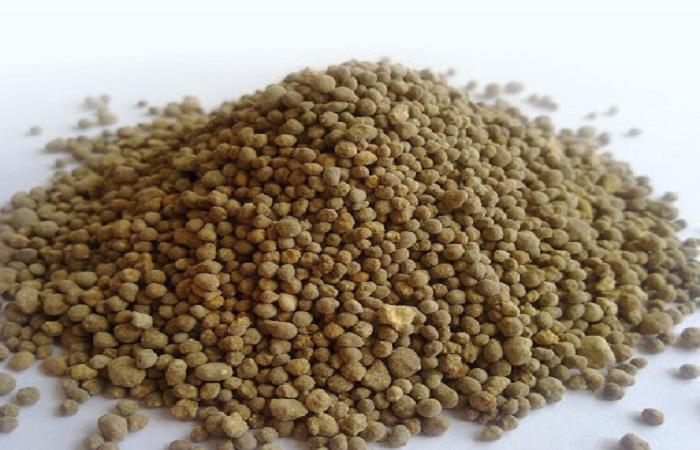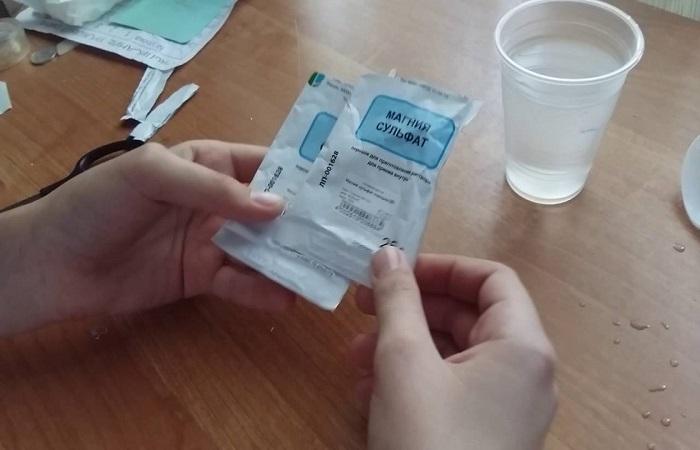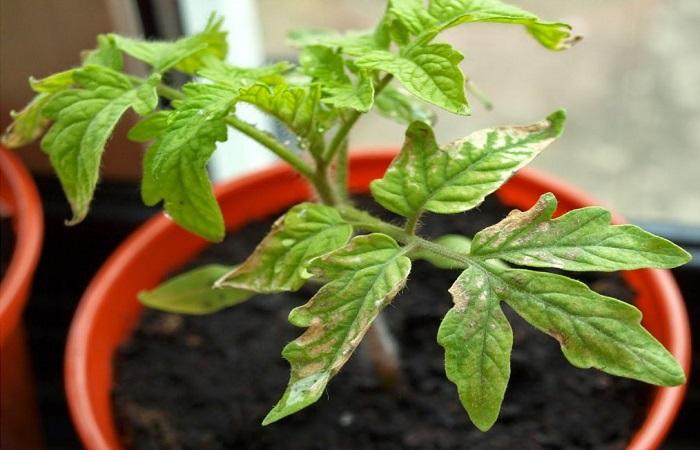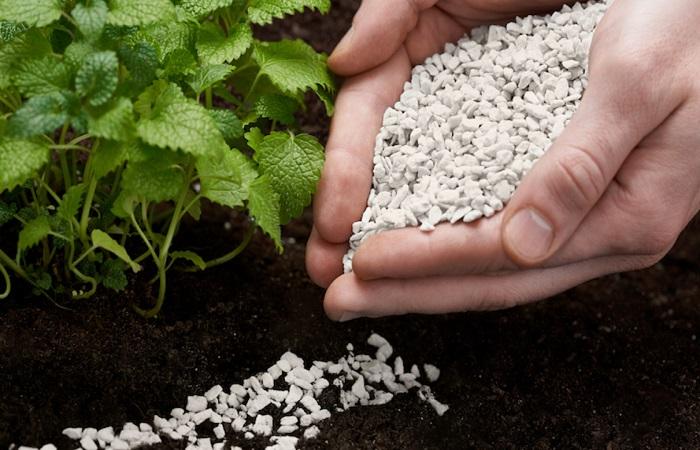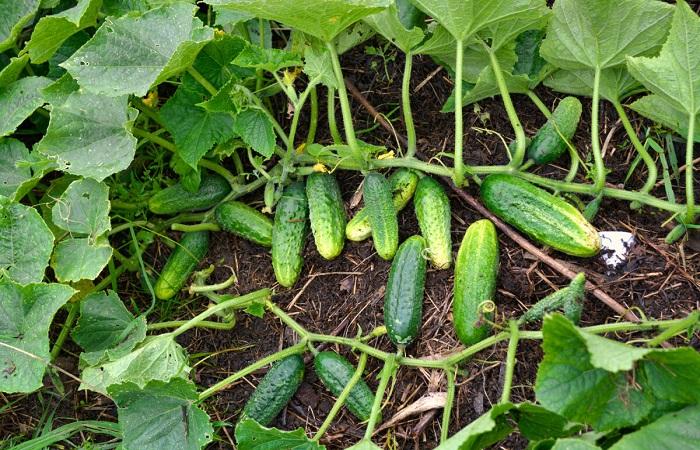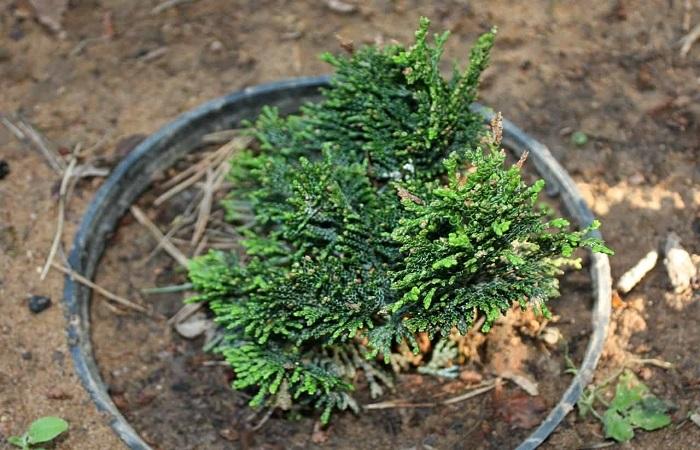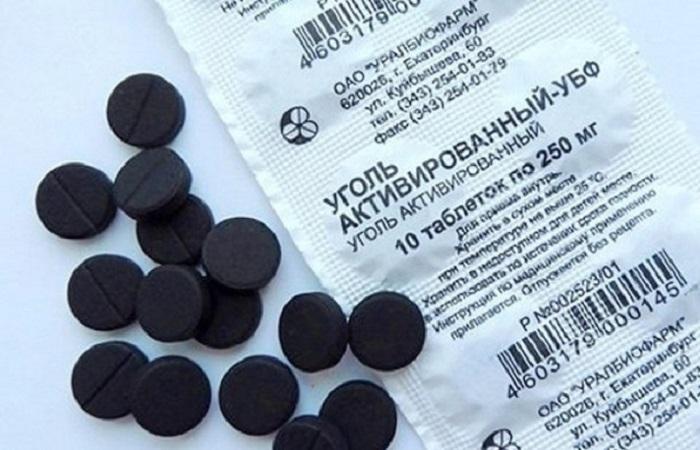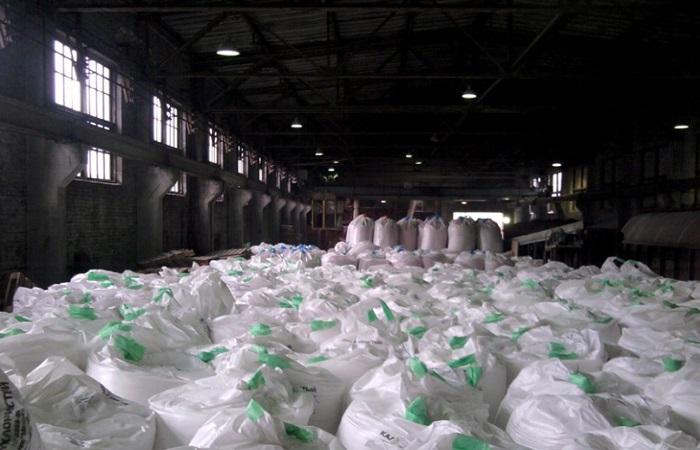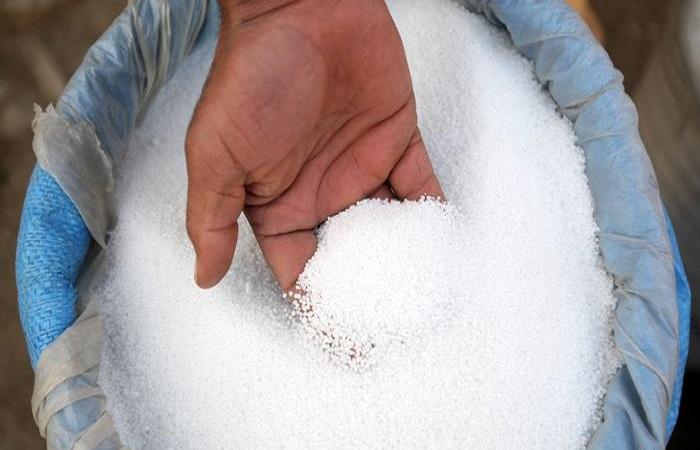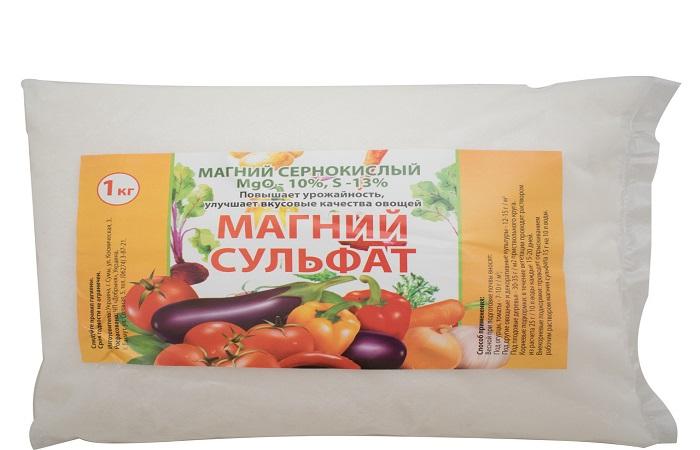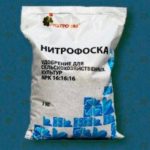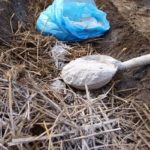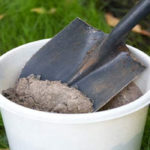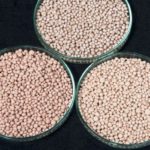Fertilizers containing magnesium are used in agriculture to feed plants with magnesium and sulfur. Let's consider the composition and properties of magnesium sulfate fertilizer, advantages and disadvantages, how to use it for root and basal application, how to use it on garden crops, trees, shrubs, flowers, conifers. Is it possible to combine it with other pesticides, how to store it, what to replace it with.
What it is?
Magnesium sulfate aqueous is a complex fertilizer. It is used as a means for basic application together with fertilizers with nitrogen and phosphorus during soil preparation, for seasonal feeding (root and foliar application). Increases the content of 2 elements in the soil - magnesium and sulfur; in the ground they become available to plants and are easily absorbed.
The fertilizer is used on neutral and slightly acidic soils with a lack of magnesium, as well as on sod-podzolic sandy loams. Plants, especially productive ones, have a constant need for this element.
Composition and properties
Magnesium sulfate contains Mg 17% and S 13.5%. Produced in the form of granules and crystalline powder.
Granular
Magnesium sulfate is produced in granules for application to the soil during cultivation and during the season. Has average caking properties. Eliminates magnesium starvation, increases productivity, improves the quality of vegetables and fruits, seeds, they contain more protein. Seeds germinate and germinate faster, making plants more resistant to fungi and growing in unfavorable conditions.
Crystalline
Available in the form of crystalline powder. It has good solubility and flowability. It has the same properties and effects on plants, but due to the small size of the crystals it can be used to prepare a solution for leaf feeding.
Advantages and disadvantages
Magnesium sulfate has the following advantages:
- supplies elements to the soil in an easily accessible form;
- used for all crops;
- suitable for basic application and regular fertilizing during the growing season;
- used to quickly regulate the amount of magnesium in the soil;
- makes the color of the fruit more intense.
Disadvantages of fertilizer: irritates the skin and causes skin diseases.
Signs of deficiency and excess
Magnesium is involved in photosynthesis because it is found in chlorophyll. Activates enzyme processes, improves the use of phosphorus and iron by plants.
When there is a deficiency in the supply of this element, the plants themselves move it from the lower leaves to the young ones. Therefore, the deficiency can be determined by the appearance of old leaves: they turn yellow or turn white between the veins (chlorosis), only the veins remain green. Over time, the chlorotic areas become necrotic and the edges dry out.
If the deficiency is severe, you can see “marbled” spotting, yellowing and curling of the blades even on young foliage.
When there is an excess of magnesium sulfate, the roots of plants die, the leaves darken, and sometimes new leaves curl or grow smaller than usual. Excessive content of the element negatively affects the absorption of potassium and calcium by plants, which leads to their deficiency.
Instructions for use
Dosage, consumption and methods of application will be different for different crops. It depends on the needs of the plants themselves and how much of the element is contained in the soil.
Basal
In spring or autumn, granular fertilizer is evenly applied to the soil, distributed in it and buried by digging. In this case, the soil temperature is almost unimportant; it can be used on frozen and thawed soil. The soil moisture does not matter, but if it is too dry, it is recommended to water it to moisten it.
When planting vegetable seedlings, it is recommended to add granules into the hole along with nitrogen fertilizer.For watering throughout the season, it is better to use crystalline powder for plants. It is dissolved in water and watered, the solution acts faster. The water temperature should not be lower than 20˚С.
Foliar
A solution of magnesium sulfate can be sprayed on the leaves of plants; fertilizing is especially necessary during drought and for the rapid growth of green mass. When used for spraying urea, the substance mixed with it in one solution reduces the likelihood of burns.
Crops for the garden
Application rate of dry granules of magnesium sulfate (in g per sq. m) for vegetable crops:
- cucumbers, tomatoes – 10;
- root vegetables, cabbage – 15;
- potatoes – 15-20.
To prepare the solution you need to use 30-35 g per 10 liters. Water 2 times. Spray with liquid of 15 g per 10 l.
Fruit trees
The dosage for fruits is higher than for vegetables. For every sq. m. 30 g are added, distributed over the surface and embedded in the soil. Granules or powder are introduced into the tree trunk zone to the width of the crown projection. For watering, make a solution with a dosage of 25 g. Consumption for a young tree is 5 liters, for an adult tree - 10 liters.
Coniferous trees
On conifers, magnesium deficiency is manifested by yellowing of the needles, then they acquire an orangeish and reddish-blue color. First, the color change affects the old needles, then the young ones.
Fertilizer is applied when planting a seedling or during the period of active growth, 30-50 g per square meter. m. After application, the conifers are watered with clean water. You can also spray the needles with a solution of 20 g of the drug per 10 liters of water.
Shrubs
The method of using magnesium sulfate for berry bushes is the same as for trees. But the dosage is less - 20-25 g per square meter. m. and 15 g per 10 l. Consumption – 2-3 liters of liquid per bush.
Flowers
The dosage for preparing a fertilizing solution for indoor flowers and those growing in the garden is 5 g per 10 l. Consumption – 1-1.5 liters per plant.
Security measures
The toxicity of the substance is low, but it is irritating to the skin. Therefore, you must always wear gloves, goggles and a respirator when working with it. Do not remove protective equipment while work is in progress. Try not to let the solution or powder come into contact with your skin. If this happens, rinse immediately with water.
In case of possible poisoning with fertilizer, you need to perform a gastric lavage: drink medicinal charcoal tablets, drink at least 1 liter of water and after 15-20 minutes. induce vomiting.
Compatibility with other tools
Magnesium sulfate interacts well with other fertilizers, so it is often included in general fertilizing mixtures. When preparing mixtures, it must be taken into account that excessive magnesium content leads to inability to absorb potassium, so it must be strictly dosed. Conversely, potassium, nitrogen and calcium, when exceeding the norm, negatively affect the absorption of magnesium, which also needs to be kept in mind when calculating the dosage.
How to store it correctly
If stored properly, the shelf life of the fertilizer, according to the manufacturer, is unlimited. That is, you can use it until it runs out. Store powder or granules in waterproof containers supplied by the manufacturer. Avoid the presence of moisture in the room where the drug is kept. To do this, it must be ventilated and heated in winter. Restrict access to the product for children and animals. Do not place various food products, animal feed, medicines, and household chemicals next to the sulfate. It is allowed to store any fertilizers and pesticides nearby.
Fertilizer diluted with water can be stored for only 1 day.Since it loses its properties and benefits, you need to prepare a volume of solution in such a quantity that it does not remain the next day.
What can be replaced
Magnesium fertilizers are divided into water-soluble and insoluble. Insoluble are ground rocks and minerals, such as magnesite, dunite, dolomite, serpentinite and others. Magnesium is released into the soil when fertilizer is applied to acidic soil, and the fertilizer reacts with it. Soluble magnesium fertilizers are natural salts and their derivatives during processing: kainite, epsomite, carnallite.
These are mainly simple magnesium fertilizers, but there are also complex ones, which, in addition to magnesium, also contain another nutrient element:
- nitrogen – dolomite-ammonium nitrate, ammoshenite;
- phosphorus – magnesium phosphate;
- potassium – potassium magnesium, carnallite, polyhalite;
- boron – magnesium borate;
- nitrogen and phosphorus – magnesium ammonium phosphate.
Based on lime – dolomitized limestones and their processed products, dolomite. All fertilizers have different composition, purpose, dosage, but can serve as substitutes for magnesium sulfate for use in fields and garden plots.
Magnesium sulfate is an agricultural product with a high content of magnesium and sulfur. Both elements are needed by plants in certain quantities. The fertilizer is especially effective on acidic soils, where there is a chronic deficiency of the element, but it can also be used on other types of soils.
The use of the substance in the agricultural sector allows you to urgently solve the problem of magnesium deficiency in the soil or deliver it to plants in doses throughout the season.The results of applying the drug are as follows: in fruits, grains, berries, root crops, vegetables, the percentage of dry matter and proteins increases, the quality of fruits and seeds improves, and their winter storage period is extended. There is an increase in the resistance of crops of all types to negative growing conditions, pathogens and fungi, frost resistance increases, plants tolerate frosts more easily and freeze out less often.

